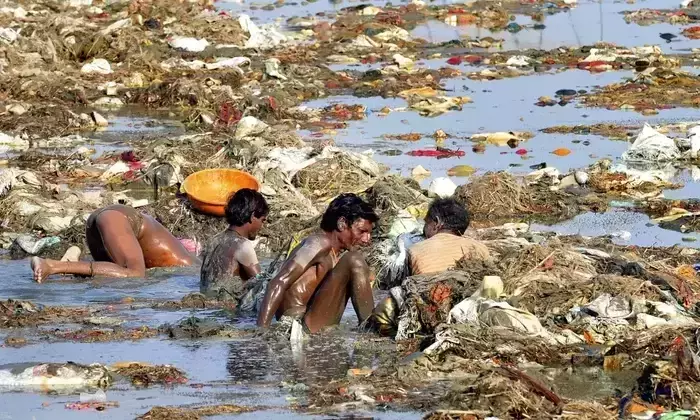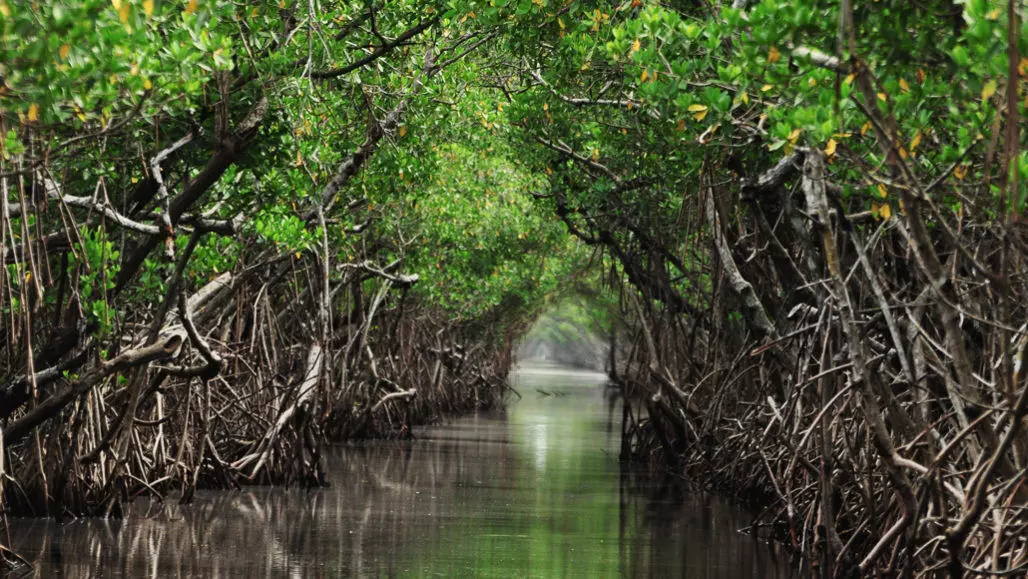
Protect Mangroves … or Perish!
text_fieldsWhen you think of forests, you probably envision a dense, woody area scattered with leaves, dotted with mushrooms and abundant wildlife. You probably don't think of marshy wetlands with quirky looking trees that look like they're on stilts. This human tendency to exclude that which appears foreign has made us blind to the wonders of the mangrove forests – forests that thrive in salty water and clayey soil. I am here to argue that mangroves, with their tangly prop roots are the most important kind of forest.
Generally, we tend to overlook how valuable forests are, blindly felling them all in the name of 'development' that is neither sustainable, nor practical in the long term. But it would be absurd that we become ignorant about the ecological value of these irreplaceable ecosystems. We celebrate the Bengal Tiger while cutting down the Sundari trees that are home to it. We boast about our biodiversity while we stand silently, watching it all burn. And yet we cast 'Mother Nature' as a merciless villain during the next set of floods and cyclones, deliberately ignorant of the fact that we ourselves are causing it. It is just as absurd as blaming the hammer for striking your thumb.
As mentioned already, mangrove forests refer to forests found in the seashore between high tides and low tides. The functionality of mangroves is vast, in stark contrast to the range of the deforested mangroves themselves. They support a plethora of birds, fish, insects and wildlife. If we cut down our mangroves it will impact the Bengal tigers, crocodiles, innumerable fish species, colourful hummingbirds and many others integral to this ecosystem.
Mangroves are great at disaster mitigation. These forests reduce the impact of cyclones and tsunamis by reducing their height and their energy. In the 1999 cyclone of Orissa, villages with wider mangroves barricading them from the coast experienced significantly fewer deaths. They also reduce the likelihood and severity of floods. Mangrove forests act like a sponge, such that when water is in excess, they absorb it after which they slowly release it during dry spells of the year. During 1986 - 2018, Kerala has lost 95% of all its mangroves. Kerala has been known for its consecutive years of flooding and it's not hard to infer that the loss of this natural barrier contributed to it.
It is just not worth it to continue our pattern of reckless destruction. It is expensive, in terms of the detrimental impact on ecosystems, the human lives lost due to natural disasters and the actual economic damage that those disasters cause.
There are so many more fascinating things about mangroves like their ability to excrete salt through their leaves, their role in preventing erosion of soil or the almost half-a-million tonnes of carbon that they trap every day. And yet we are throwing this all away (and much more) for what? It is shameful that we continue to destroy this miracle along with many other gifts of nature, and by proxy, destroying our lifelines. It is foolish how blind we are to the consequences of our actions.
(Imran Ejaz Mohammed is a Class X student at Silver Hills Public School, Kozhikode)






















